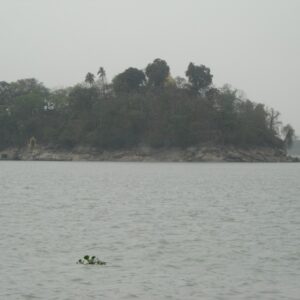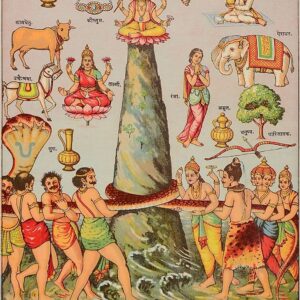Shangri-La is a fictional place in Tibet’s Kunlun Mountains, described in the 1933 novel Lost Horizon by English author James Hilton. Hilton portrays Shangri-La as a mystical, harmonious valley, gently guided from a lamasery, enclosed in the western end of the Kunlun Mountains. Shangri-La has become synonymous with any earthly paradise, particularly a mythical Himalayan utopia – an enduringly happy land, isolated from the world. In the novel, the people who live in Shangri-La are almost immortal, living hundreds of years beyond the normal lifespan and only very slowly aging in appearance.
Ancient Tibetan scriptures mention the existence of seven such places as Nghe-Beyul Khembalung. Khembalung is one of several Utopia beyuls (hidden lands similar to Shangri-La) which Tibetan Buddhists believe that Padmasambhava established in the 9th century CE as idyllic, sacred places of refuge for Buddhists during times of strife.
Possible sources for Hilton
In a 1936 interview for The New York Times, Hilton states that he used “Tibetan material” from the British Museum, particularly the travelogue of two French priests, Évariste Régis Huc and Joseph Gabet, to provide the Tibetan cultural and Buddhist spiritual inspiration for Shangri-La. Huc and Gabet travelled a round trip between Beijing and Lhasa in 1844–1846 on a route more than 250 kilometres (160 mi) north of Yunnan. Their famous travelogue, first published in French in 1850, went through many editions in many languages. A popular “condensed translation” was published in the United Kingdom in 1928.













Reviews
There are no reviews yet